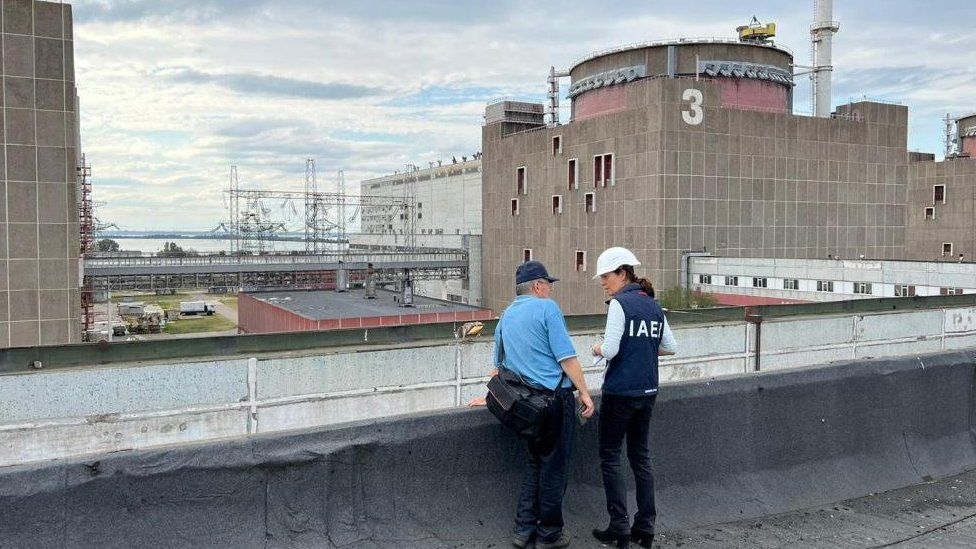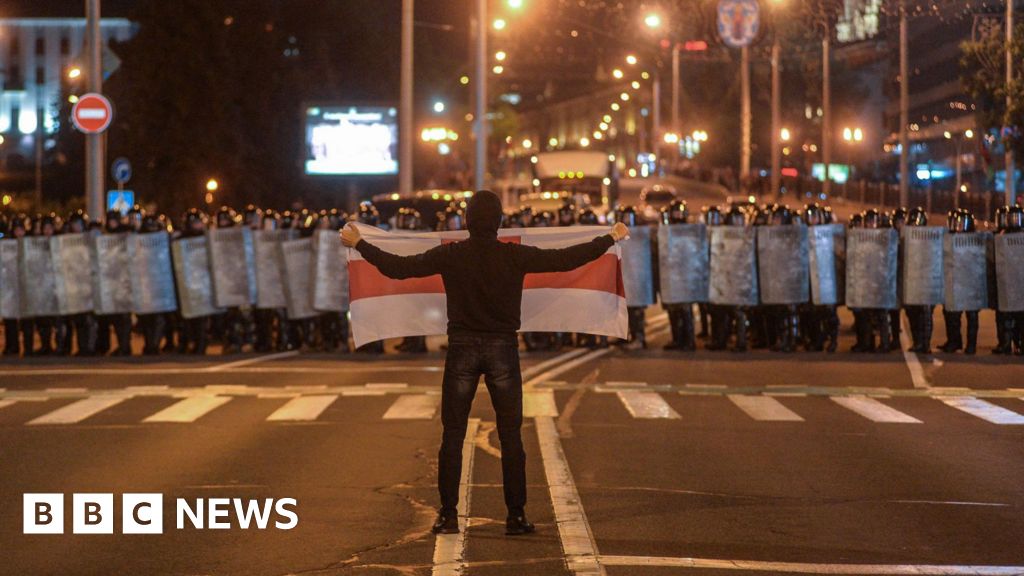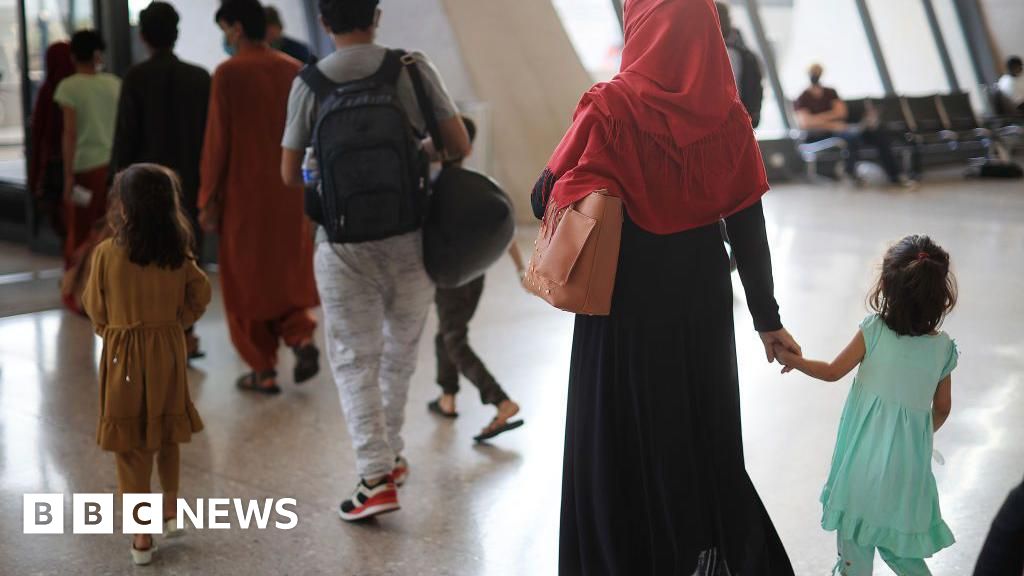ARTICLE AD BOX
By Claudia Allen
BBC News
 Image source, IAEA HANDOUT
Image source, IAEA HANDOUT
Inspectors from the UN's nuclear watchdog visited the Zaporizhzhia plant last week
Ukraine's nuclear chief has suggested that United Nations peacekeepers could secure the Zaporizhzhia power station.
The plant has been occupied by Russia since the early days of the war and come under repeated attack, with both sides blaming each other.
UN inspectors observed damage at the power station during a visit last week.
The inspectors recommended that a security zone be set up immediately to shield the facility, which is Europe's largest, from the fighting.
Vladimir Putin has said he trusted the report from the UN's nuclear watchdog, the International Atomic Energy Agency (IAEA), but criticised the agency for not saying Ukraine was to blame for shelling the area.
The Russian leader described the IAEA as "a very responsible international organisation" which was under pressure. "Our servicemen are there - are we shooting at our own?" he asked, in response to claims that Russia could be responsible for shelling at the plant.
Shelling continued while the 14-strong IAEA team visited the site and its head, Rafael Grossi, warned of a very real risk of nuclear disaster. Although most of the team left the plant after two days, it said two of its officials would remain there on a permanent basis.
In an emergency session of the Security Council, the UN Secretary General Antonio Guterres set out steps for the creation of a demilitarised zone around the plant.
Ukrainian President Volodymyr Zelensky welcomed calls by the IAEA for a safety protection zone at Zaporizhzhia.
Petro Kotyn, who runs Ukraine's nuclear agency Energoatom, suggested a UN peacekeeping contingent could set up a security zone at Zaporizhzhia and Russian troops withdraw.
However, the IAEA was careful not to apportion blame to either side.
The IAEA's report says that there were Russian military vehicles stationed in two turbine halls and under the overpass connecting the reactor units and includes a photo showing Russian-flagged military trucks with the Z insignia parked inside a large building.
On Wednesday Mr Putin denied that there was any Russian military equipment on-site at Zaporizhzhia.
Separately, the head of Ukraine's nuclear security agency told a news conference that the site is currently disconnected from the electricity grid following shelling and that Ukraine was considering shutting it down for safety reasons.
While the nuclear plant is currently able to generate the electricity it needs to run its own cooling systems, should that cease to be the case it would be reliant on back-up diesel-powered generators.
The generators require four tanks of diesel a day, Oleh Korikov said, and it would be very difficult to replenish stocks across the front line.
Tuesday's report from the IAEA detailed the damage to the plant and said that while continued shelling had not yet triggered a nuclear emergency, it did present a constant threat to safety that "may lead to radiological consequences with great safety significance".
There was an urgent need for "interim measures" to prevent a nuclear accident caused by military action, it added, saying all relevant parties would have to agree to a "nuclear safety and security protection zone" being set up to avoid further damage.
The plant lies on the southern bank of the River Dnieper, across the water from Ukrainian-held towns and military positions.
Meanwhile, the UK's Ministry of Defence says fighting has continued in Ukraine on three fronts over the past 24 hours: in the east, in Donbas; in the north around Kharkiv, and in the south around Kherson.
The redeployment of Russian forces to southern Ukraine around Kherson has enabled Ukrainian forces to make progress in the Kharkiv region. according to the US-based Institute for the Study of War. The institute suggests Ukrainian forces may have taken a town near Balaklia as Russian troops retreated, blowing up bridges.

 2 years ago
28
2 years ago
28








 English (US) ·
English (US) ·